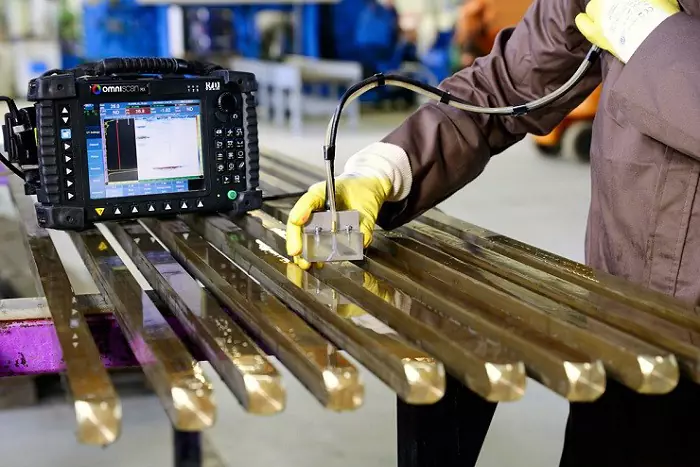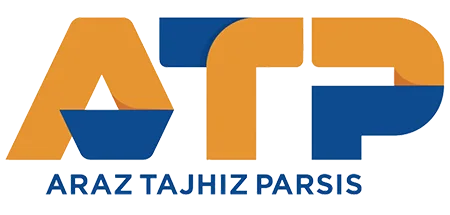Familiarity with non-destructive and destructive tests for quality control of steel
Due to the wide applications of steel and the high volume of purchases of steel sections, providing quality certification of steel products to prevent discrepancies and sales of substandard goods, quality control of steel sections is of great importance. Steel parts in various alloys are mainly sensitive industrial parts, and this adds to the importance of quality control before using them.
Destructive tests (DT)
In this type of test, a sample of the desired substance is prepared and after performing the test, the sample is destroyed. These types of tests are usually expensive due to sampling and low speed, but in some cases there is no choice but to use DT tests. DT mechanical tests include tensile, flexural, hardness and تست tests. Quantum testing is also one of the DT chemical tests.
Non Destructive Testing (NDT)
In non-destructive tests, the performance of the sample or part to be analyzed is not lost after the test. Thus, the non-destructiveness of these tests has added very useful capabilities to the field of quality control of steel and other materials.
Currently, most non-destructive tests are used to find micro-cracks, inclusions and impurities in a piece.

Types of non-destructive testing:
Visual inspection (VT = Visual Test)
Visual inspection is the most basic type of material quality control in which the surface defects of parts can be examined with low accuracy. In other words, some defects can be clearly identified with the naked eye. And passing the piece with this test, avoids the additional cost of subsequent non-destructive tests. Of course, various factors are influential in this method. Inspector fatigue, experience, light and viewing angle are effective in diagnosing defects with this method.
Liquid Penetrating Inspection (PT = Liquid Penetrant Test)
In this method, which has various applications, a special liquid is poured on the surface of the desired part. The fluid fills all surface imperfections including cracks, micro-cracks and cavities. Then the other parts of the part are cleaned of penetrating liquid and detector powder is added to the surface of the part. The color of the reaction between the detector powder and the penetrant reveals all the surface defects of the material.
Magnetic particle inspection (MT = Magnetic Particle Test)
This method is usually used to check welding lines. The principle of this test is to create a magnetic field on the surface of the part. This is done with the help of a special probe. If the weld line contains cracks or surface cavities, spots appear on the surface of the part where the magnetic capacity is weak. In this case, the addition of ferromagnetic particles causes them to accumulate around the defects. In this non-destructive test, the sample must first be magnetized and then the powder sprayed on the surface.
Radiography (RT = Radiographic Test)
Radiography is another non-destructive test used to control the quality of parts. In addition to surface analysis, this test is capable of detecting defects of the part to a certain depth. X-ray or gamma rays are used to perform this test. Due to the change in the nature of the material in the defects, the properties of the radiation wave change and by receiving its recycling, information about the defects is extracted.
Ultrasonic Inspection (UT = Ultrasonic Tests)
Another non-destructive test is the ultrasonic test. This method is one of the most accurate methods of diagnosing defects. In this type of test, ultrasonic waves are transmitted to the piece at high frequencies and its changes are monitored. In this way, the exact location of positioning defects is determined. With the help of this non-destructive test, defects such as cracks, shrinkage cavities, incomplete melting and pores can be identified. This test is widely used in various industries
